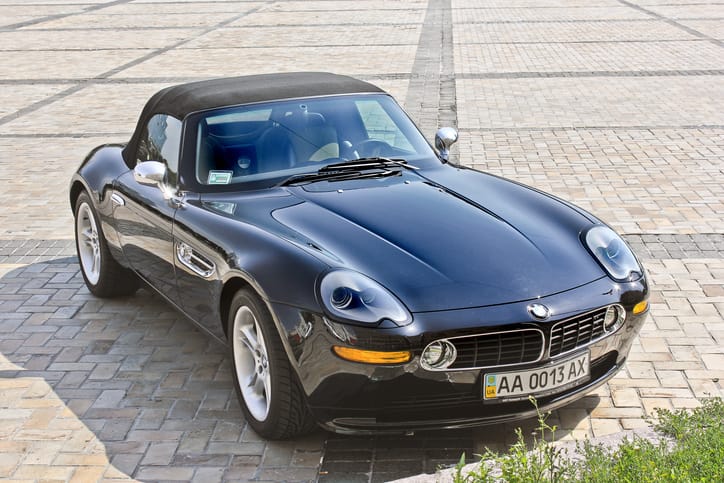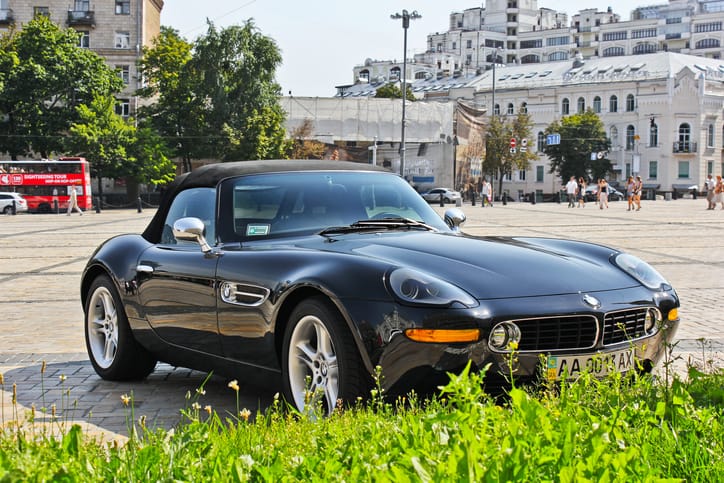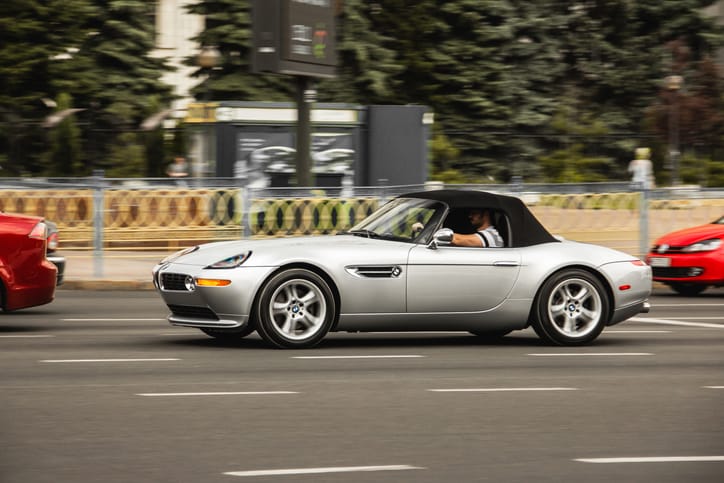The BMW Z8: A Retro Rebirth of a Classic Roadster

The BMW Z8 is a car that needs no introduction to enthusiasts. This head-turning roadster, produced from 1998 to 2003, was more than just a high-performance vehicle; it was a nostalgic homage to a bygone era of automotive design. In this article, we delve deep into the history, design, performance, and legacy of the Z8, exploring what made it such a special car.
A Design Inspired by the Past
The Z8's story begins in the early 1990s when BMW designers embarked on a project to create a concept car that celebrated the brand's heritage. Their inspiration came from the legendary 507, a beautiful open-top sports car produced in limited numbers between 1956 and 1959. The 507 was a favorite among celebrities like Elvis Presley and garnered a cult following for its timeless design.
The Z8, codenamed E52, captured the essence of the 507 while incorporating modern design elements. Henrik Fisker, a rising star at BMW at the time, is credited with the car's exterior design. The long hood, flowing fenders, and the iconic "double bubble" roof – a signature feature of the 507 – were all reinterpreted for the modern era. The result was a car that was both retro and futuristic, a captivating blend of classic elegance and contemporary sportiness.

From Concept to Reality
The Z8's journey from design concept to production car was not without its challenges. Initially intended as a show car, the overwhelmingly positive reception from the public at the 1997 Tokyo Motor Show, where the Z07 concept was unveiled, convinced BMW to put it into production. However, significant engineering work was needed to transform the show car into a functional road machine.
The Z8 borrowed heavily from the E39 M5, BMW's high-performance sedan. The 4.9-liter V8 engine, producing 394 horsepower and 369 lb-ft of torque, was a proven performer, offering exhilarating acceleration and a throaty exhaust note. The Z8 was a driver's car, with a six-speed manual gearbox as standard and a focus on handling and agility.
A Luxurious Driving Experience
The Z8 wasn't just about raw power; it also offered a luxurious driving experience. The interior, designed by Scott Lempert, was a masterpiece of craftsmanship. High-quality leather seats, wood accents, and a driver-focused layout created a sense of occasion. The convertible top, operated electronically, allowed for open-air motoring, while the small rear compartment provided enough space for luggage for a weekend getaway.
A Brush with Hollywood Fame
The BMW Z8's legacy was further cemented by its appearance in the 1999 James Bond film "The World Is Not Enough." Pierce Brosnan's Bond piloted a silver Z8 in a thrilling chase sequence through the streets of Bilbao, Spain. The association with the suave secret agent only amplified the car's cool factor and desirability.
A Limited Production Run
The Z8 was never intended to be a mass-produced car. With a high price tag and a limited production run of approximately 5,700 units, it remained an exclusive offering for discerning buyers. This exclusivity has only increased the Z8's collectability in recent years, with pristine examples fetching hundreds of thousands of dollars at auctions.

The Z8's Enduring Legacy
Despite its relatively short production run, the BMW Z8 left an indelible mark on the automotive landscape. It proved that a car could be both retro-inspired and technologically advanced, luxurious and exhilarating to drive. The Z8's influence can be seen in subsequent BMW designs, particularly the Z4, which adopted some of the Z8's design cues.
The Z8's story is one of passion, design excellence, and engineering prowess. It is a testament to BMW's ability to create cars that are not just machines, but objects of desire. Today, the Z8 remains a dream car for many, a symbol of automotive elegance and timeless style.
